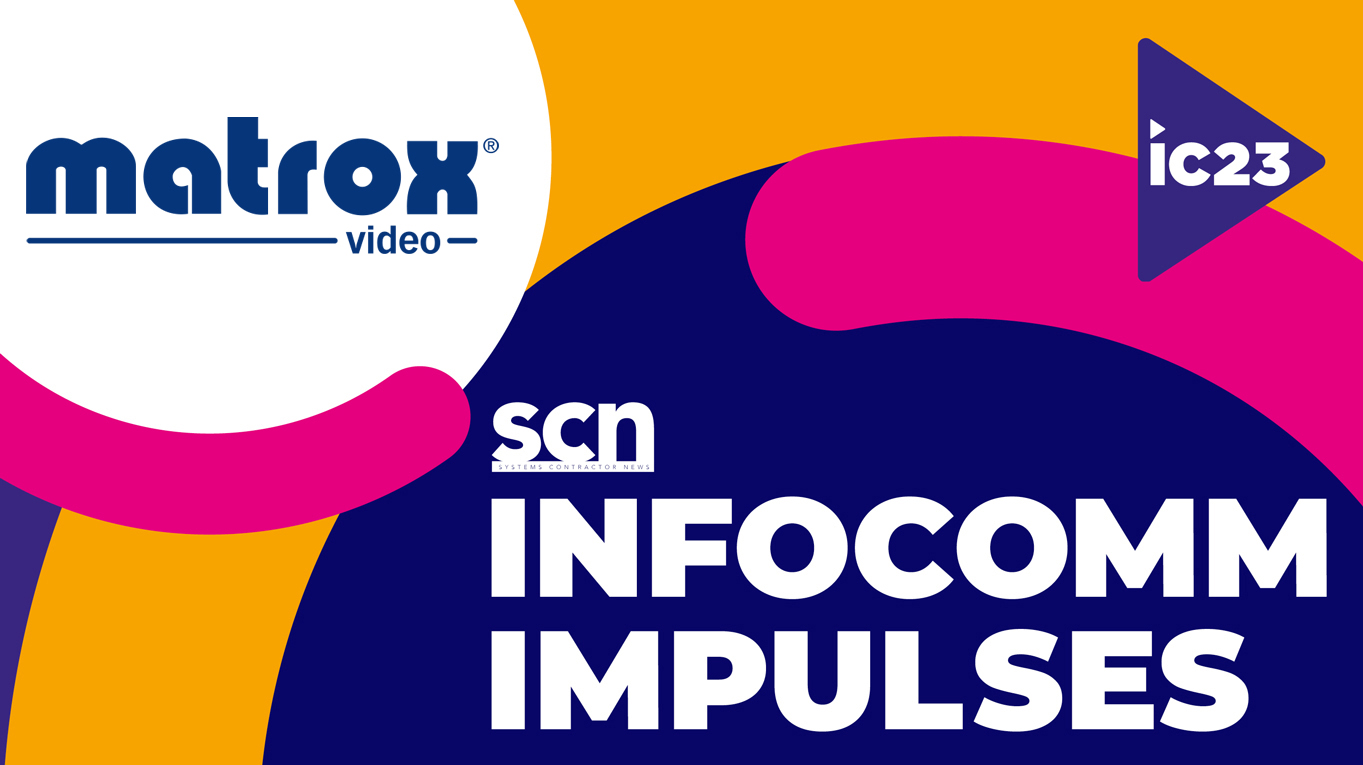
InfoComm 2023 returns to Orlando, FL this June 10-16. With the event just over a month away, we’ve turned to InfoComm 2023 exhibitors to learn what trends they expect to see at the show—plus an exclusive special sneak preview of what they’ll show in their booths—in our InfoComm Impulses 2023 series.
[InfoComm 2023: 'No Stopping Us Now']
Today, meet Robb Moodey, EMEA business development manager for Matrox Video.

How does InfoComm inspire you?
Robb Moodey: InfoComm presents a huge opportunity for vendors to present their latest innovations. Aside from being inspired by the latest technological developments, we always look forward to seeing our partners, integrators and industry friends to reconnect and learn about their latest challenges and how our solutions are helping them solve them.
What technology or industry trend do you expect to be the talk of InfoComm 2023?
RM: I expect InfoComm 2023 to be the show where the U.S. AV industry first took serious note of IPMX—the point at which products designed for IPMX were shown by multiple vendors—as shipping products rather than ‘technology showings.’ In particular, we’ll remember the use of IPMX to bridge between islands of HDBaseT without going via baseband.
What is your company’s main focus at the show this year?
RM: It’s twofold. First, the raft of products which are IPMX ready – across three different bandwidth networks and three different video qualities starting at uncompressed 4k60. Second, the announcement of a range of graphics cards based on our partnership with Intel—uniquely bringing the Intel ARC GPU to those AV staple uses of control room and digital signage.
Matrox is known for video wall solutions, so what are the most important technological considerations when considering a new video wall installation?
RM: Some folks are too prescriptive trying to tightly define what they want today without making enough allowance for the uncertainty of tomorrow. Make sure you consider that displays will probably be replaced before the controller—does the controller you are specifying have the capability to drive tomorrow’s displays—are they 4K, 5K, 8K? How about the inputs? What are they? Can the controller decode a variety of different streaming formats? Can it directly support encrypted KVM streams from the desks in the ops room or elsewhere? If Covid taught us anything, it is that ‘we’ll never want that’ is not a safe assumption.

!["[T]he First and Fifth Amendments Require ICE to Provide Information About the Whereabouts of a Detained Person"](https://images.inkl.com/s3/publisher/cover/212/reason-cover.png?w=600)






